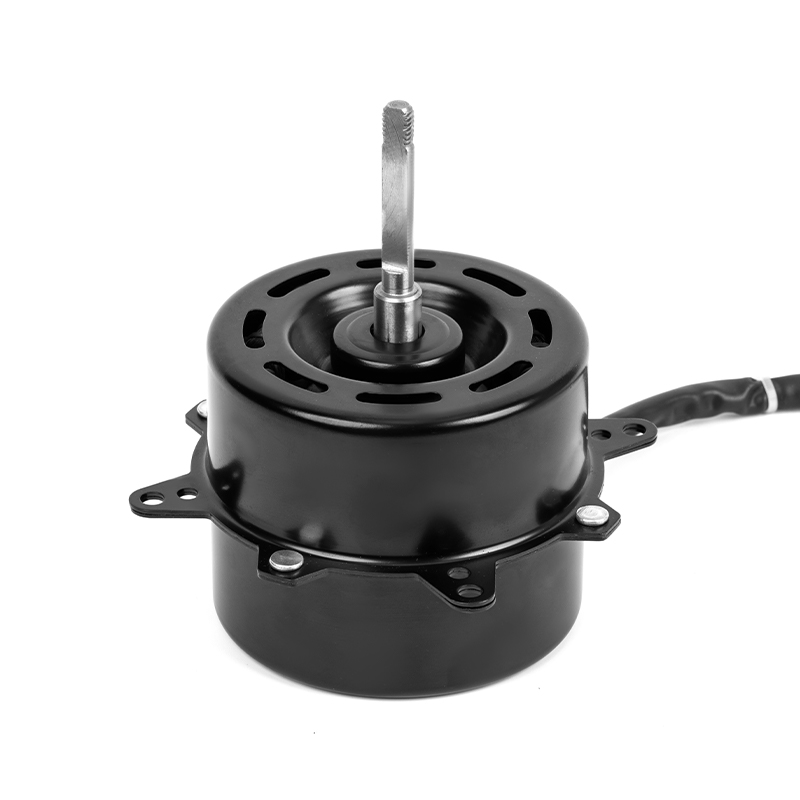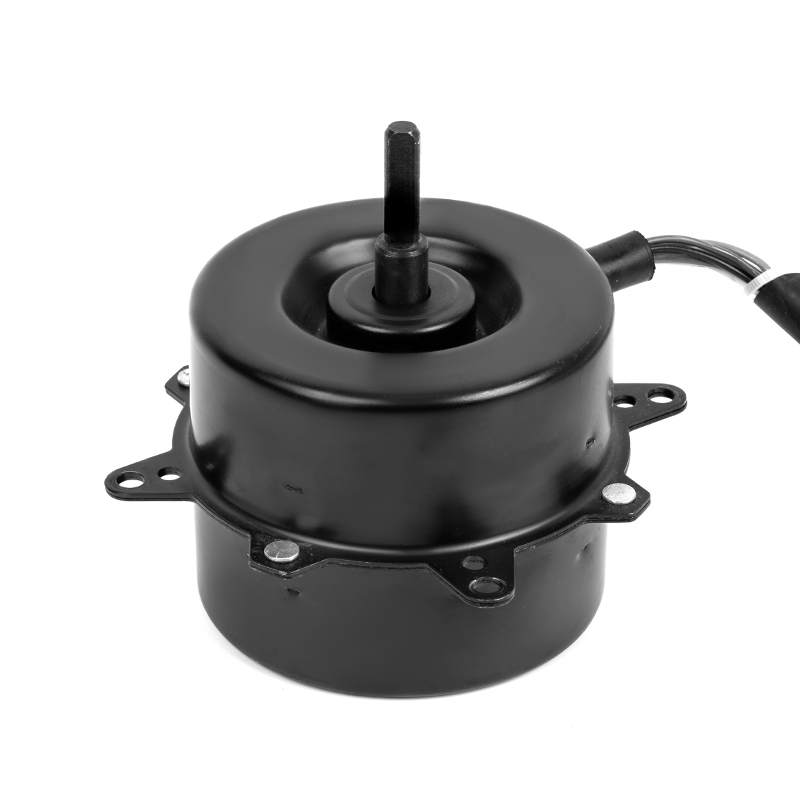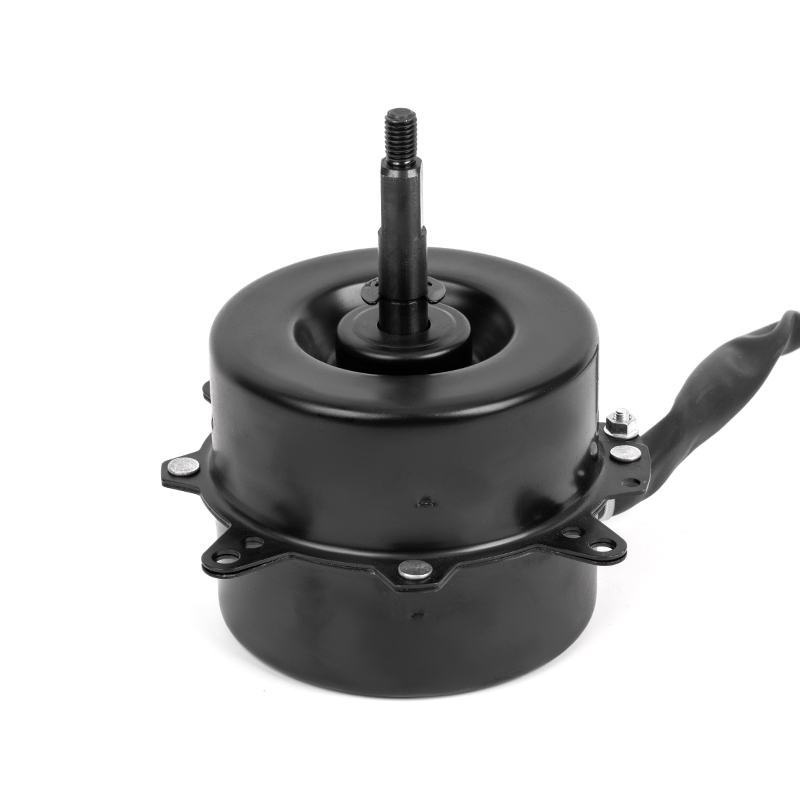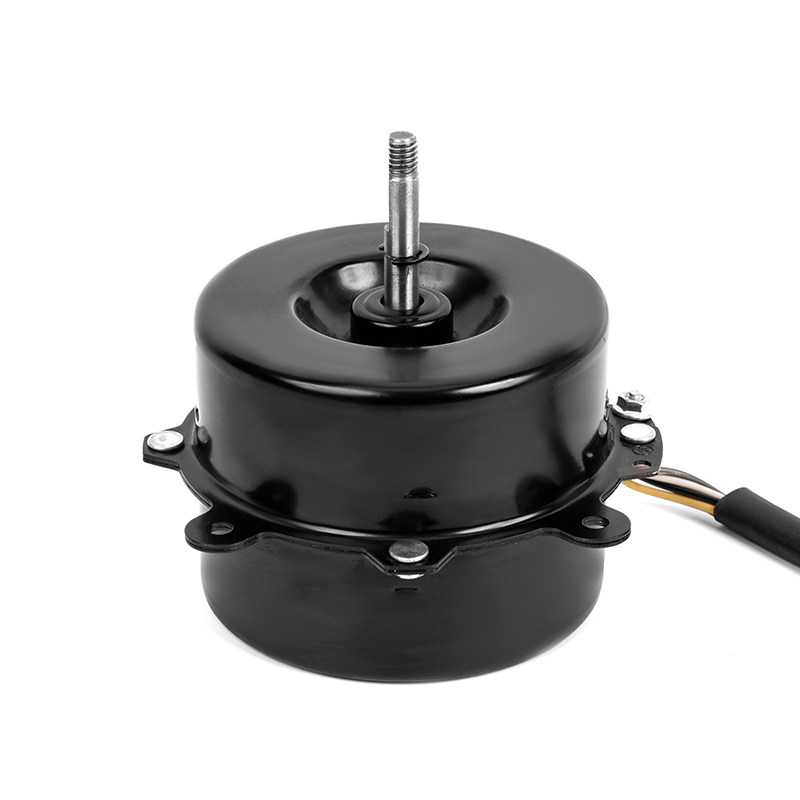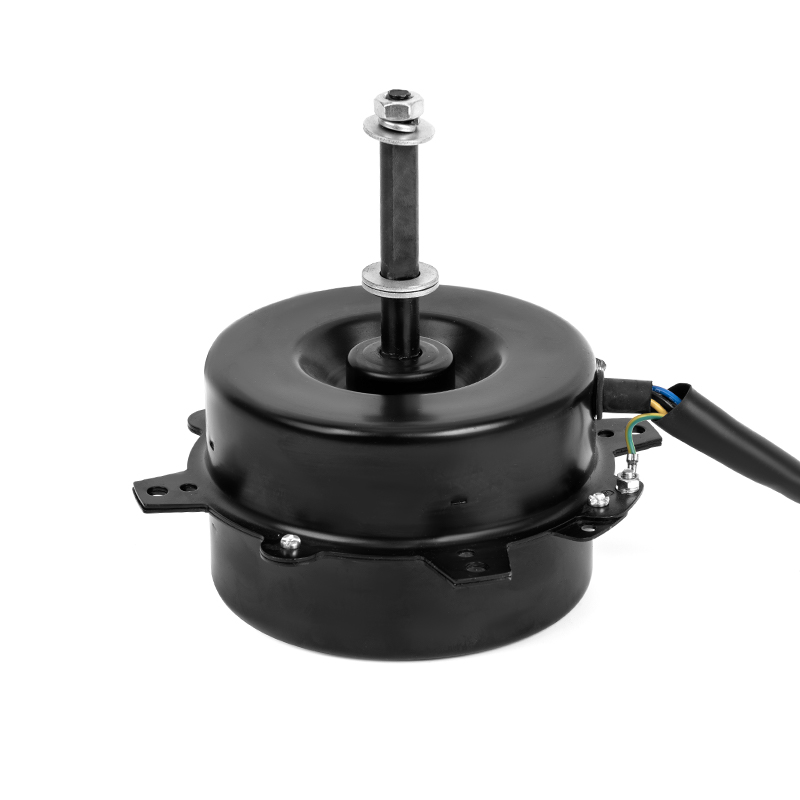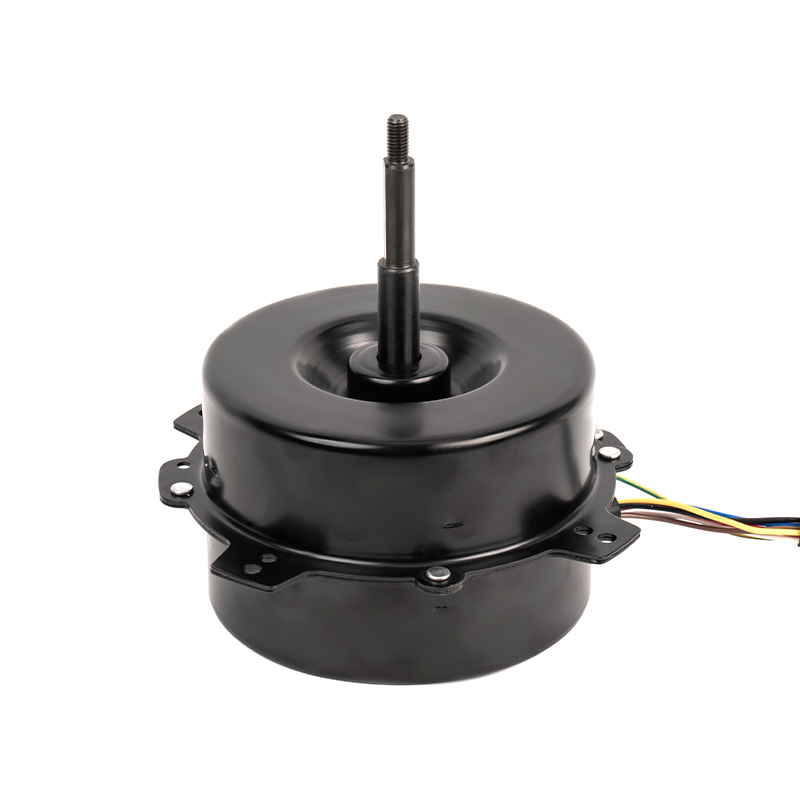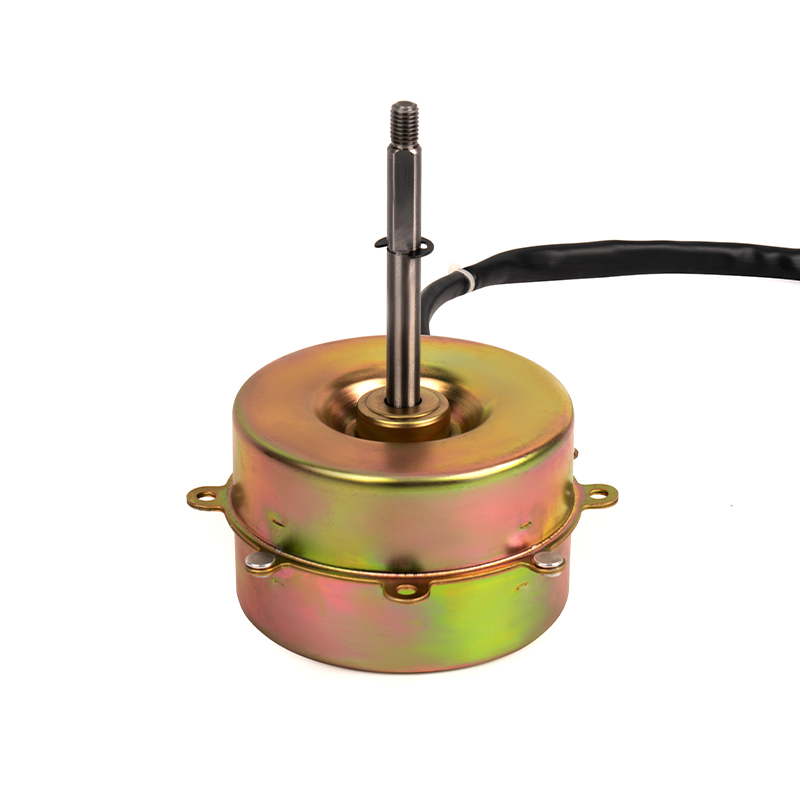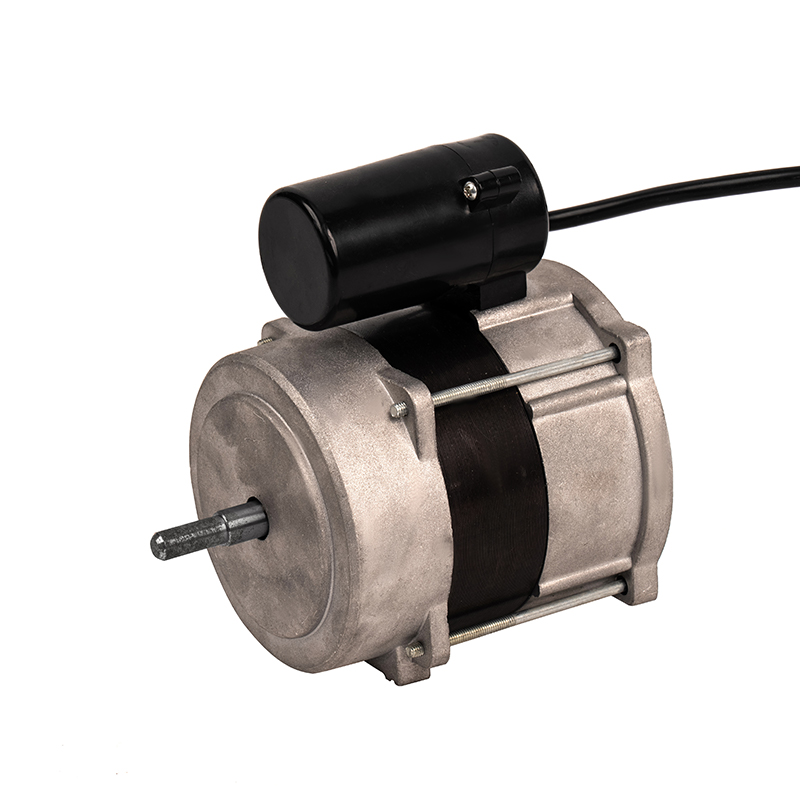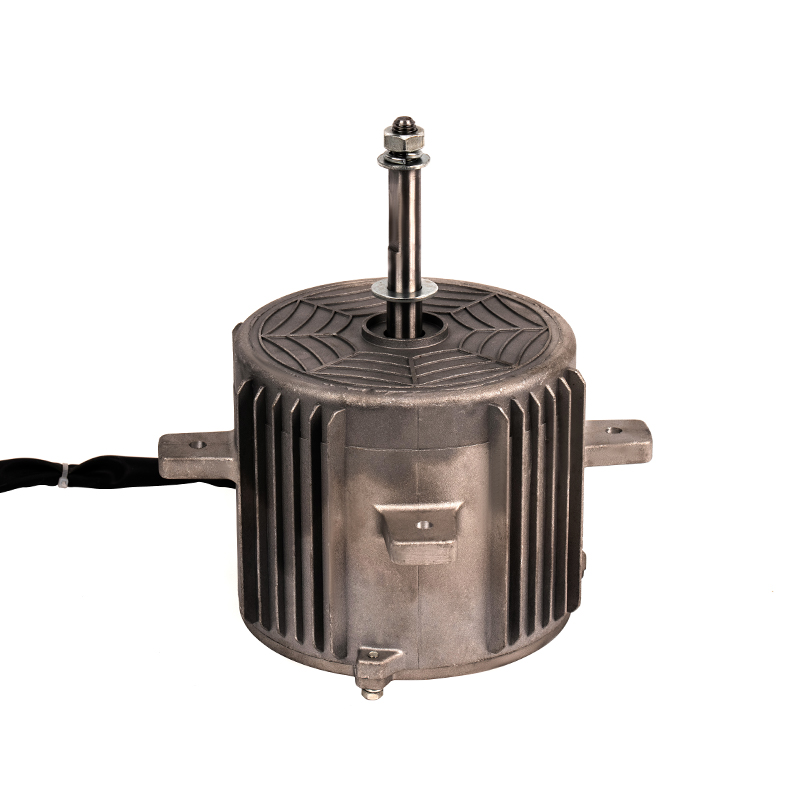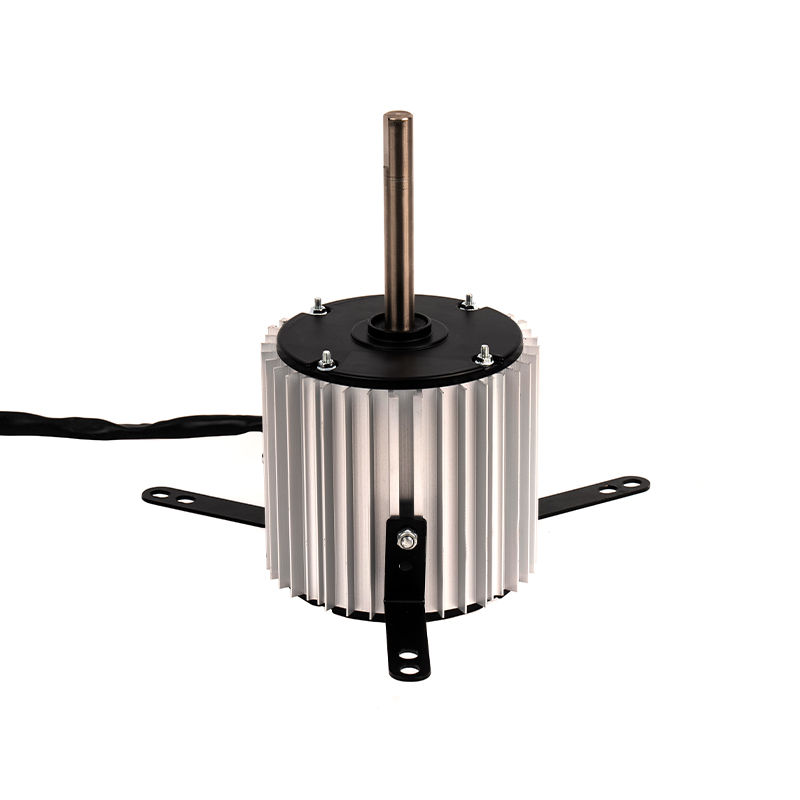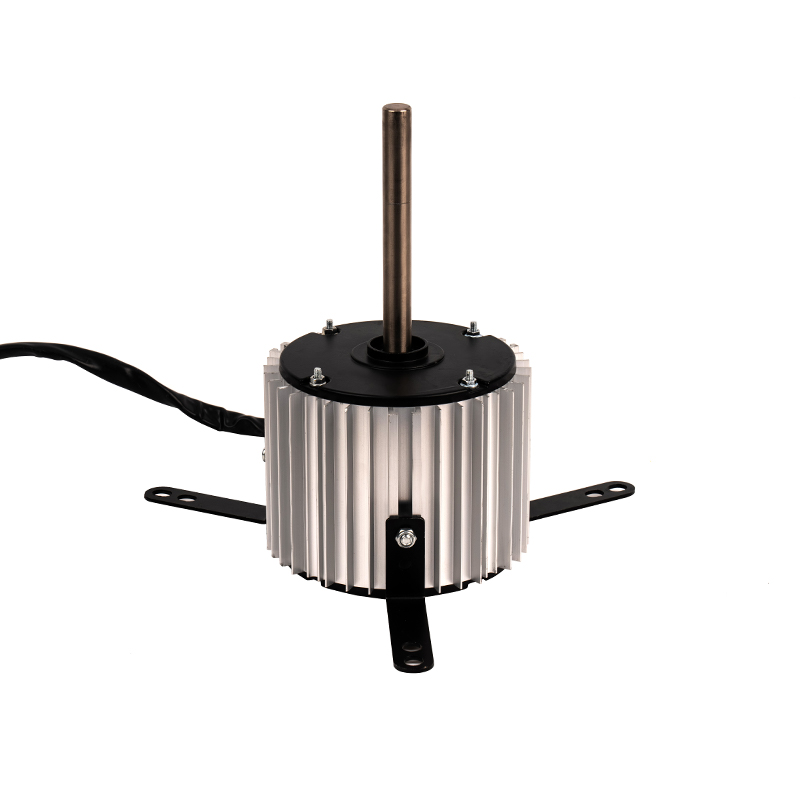The type of motor employed in the mobile air conditioning system plays a central role in determining the noise output. Brushless DC motors (BLDC) are known for their quieter operation compared to traditional induction motors or universal motors. This is because brushless motors eliminate the friction and mechanical wear caused by the brushes used in conventional motors, which can lead to both noise and inefficiency. The construction quality of the motor is important. Motors with high-quality bearings, noise-dampening materials in the housing, and optimized components are inherently quieter than lower-quality alternatives. These components reduce the mechanical noise generated by friction between moving parts, leading to smoother operation and less noise emission during runtime. The motor's rotor and stator design also influence how efficiently the motor converts electrical energy into mechanical motion, which, in turn, can impact noise levels.
The size and power of the Mobile Air Conditioning Motor are directly linked to how much noise the motor produces. Larger motors, designed for high cooling outputs, operate at higher speeds, which naturally leads to increased noise levels due to the higher rotational speeds and greater air movement. More powerful motors are necessary for systems that require extensive cooling, but they can create more mechanical noise, particularly if they are not properly engineered or insulated. Smaller motors, used in compact or portable air conditioning units, tend to be quieter because they do not need to work as hard or operate at such high speeds. The relationship between the motor's size, power, and cooling capacity must be balanced with noise considerations, especially in mobile units where noise reduction is critical for user comfort.
The essential feature of modern Mobile Air Conditioning Motors is their ability to control fan speeds via variable-speed technology or inverter-driven systems. These systems dynamically adjust the fan speed based on cooling demand, reducing unnecessary motor strain and noise. When the motor is operating at lower speeds—such as during off-peak cooling times—the system operates much more quietly, using less power and generating less noise. Traditional air conditioning units with fixed-speed motors run at a constant speed, regardless of the cooling demand, which results in higher noise output, especially when the system is running at full capacity. The ability to adjust the motor's speed depending on the environmental conditions reduces the overall operational noise and creates a more comfortable environment for users.
Vibration is one of the most significant contributors to noise in air conditioning systems. A motor that is poorly mounted or not properly isolated from the rest of the system can transmit vibrations to the surrounding structures, which can amplify the noise. High-quality vibration-dampening mounts and soundproof enclosures are critical in ensuring that the motor operates smoothly without transferring excess vibration. Many mobile air conditioning systems incorporate anti-vibration technology, such as rubber grommets or silicone mounts, which absorb vibrations and prevent them from reaching the external casing. This design feature significantly reduces the resonance that amplifies noise and helps to maintain the quiet operation of the unit.
The motor’s design also affects the interaction with the cooling fan, which is another source of noise in air conditioning systems. The fan blades themselves contribute to sound generation, especially when they spin at high speeds. If the motor is designed to drive a centrifugal fan or axial fan, the shape, size, and angle of the fan blades can impact airflow and sound levels. For example, fan blades with airfoil designs are engineered to create less turbulence, which reduces the whining or humming noise often associated with high-speed fans. Motor that is well-matched to the fan's design can ensure smoother airflow, preventing the additional noise caused by turbulence. Motors that provide consistent and smooth power delivery to the fan result in more even airflow, reducing irregular sound production that occurs when fans fluctuate in speed.



 English
English عربى
عربى ++86 13524608688
++86 13524608688